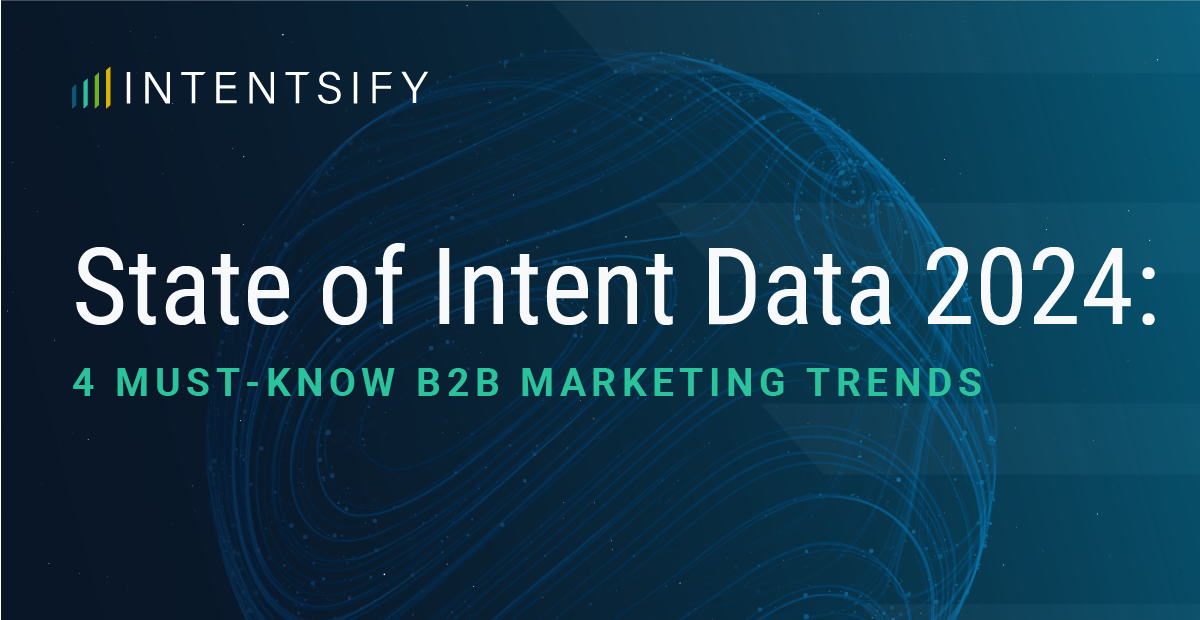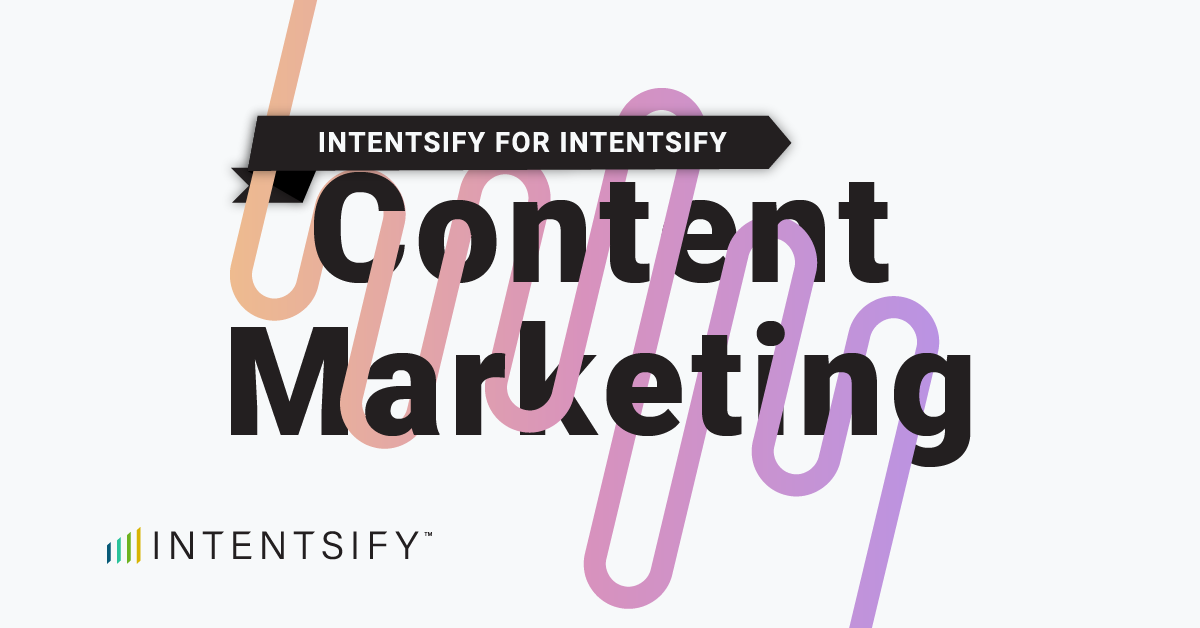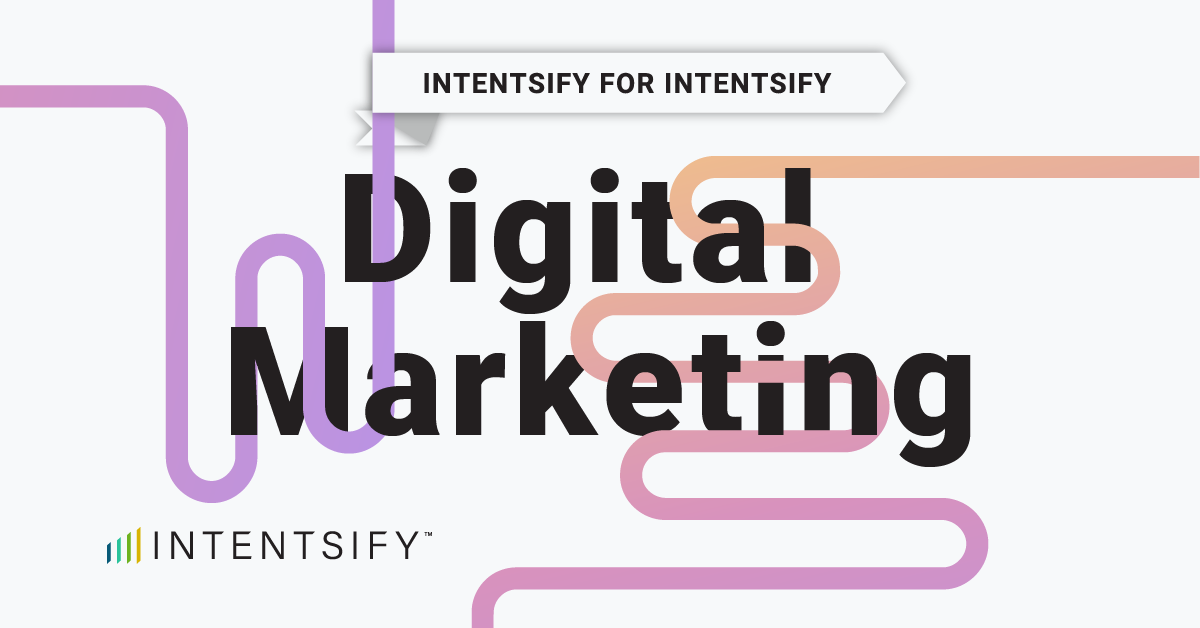B2B buyers don’t make buying decisions alone. Are your sellers still engaging with them like they are? Despite complex buying groups being involved in every purchase, many sales teams continue to rely on one-size-fits-all outreach strategies that don’t resonate with individual personas and the collective research interests of the buying committee. The future of B2B sales demands a more sophisticated approach.
It’s no wonder that when a lead is passed to sales, they don’t convert.
The solution? Buying group intelligence — using persona-level behavioral insights to craft personalized outreach that speaks directly to each stakeholder’s unique needs.
The Challenge: When Generic Outreach Falls Flat (And It Always Does)
Picture this scenario: Your BDR sends a generic email template to all contacts at a target account. The messaging focuses on technical specifications and implementation timelines. While this may be relevant to the IT Director, the other personas don’t care about technical details. In addition, the IT Director has been researching cloud security solutions, but the email doesn’t even touch on that. Talk about a missed opportunity!
This is one of the key reasons why 91.5% of cold outreach emails are ignored. This disconnect exists because traditional sales approaches fail to recognize the diverse ecosystem of stakeholders involved in B2B purchases. Each persona brings different:
- Priorities and KPIs they’re measured against
- Pain points and challenges they face daily
- Research behaviors and content consumption patterns
- Influence levels within the buying process
- Preferred communication styles and channels
Without understanding these nuances, even the most well-intentioned outreach efforts are going to fall flat. It’s like trying to have a meaningful conversation when you’re both speaking different languages.
How Buying Group Intelligence Enables Smarter Outreach
Here’s where buying group intelligence comes in and changes the whole game. This represents the future of B2B sales — providing sales teams with granular insights into both individual personas and the collective buying committee. Think of it as your secret weapon for actually understanding who you’re talking to. This intelligence covers several key areas:
Persona-Level Research Behaviors
This is about understanding which specific stakeholders are actively researching relevant topics, keywords and products, the intensity of the research, and how their interest levels change over time. It’s like having a roadmap to their current mindset.
Role-Based Content Consumption
Different personas have completely different digital behaviors. C-suite executives might skim high-level industry reports, while technical users are the ones diving deep into product documentation and feature comparisons.
Business Context and Events
Recent funding rounds, leadership changes, technology investments, or market expansions — all of these create unique context that smart sales professionals can use to make their outreach more relevant and timely. Context is everything, right?
Website Engagement Insights
This tracks which target accounts visit specific pages and which personas download resources or engage with certain product areas. It gives you invaluable insight into their current priorities and where they are in their buyer’s journey.
Historical Engagement Data
Past sales interactions, marketing touchpoints, and media engagement patterns help sales teams understand relationship history and communication preferences for each stakeholder. Because nobody likes being treated like a stranger when you’ve interacted before.
Transforming Outreach with Persona-Specific Strategies
When armed with buying group insights, BDRs and sales reps can craft outreach that shows an understanding of each persona’s world. The buying roles and personas will vary by company. Here are a few examples of how persona-focused messaging plays out across different personas:
For the Champion (i.e., Internal Advocate)
Provide them with compelling business cases, benefits that speak to their unique motivations, competitive differentiators, and executive-level talking points they can use to build internal consensus and drive the buying process forward. Help them become the hero at their company.
For the Technical Evaluator (e.g., IT Director/Engineer)
Dive into integration capabilities, security protocols, and technical specifications. Acknowledge technology stack or infrastructure challenges to show you understand their technical needs. Speak their language, skip the marketing fluff.
For the End User (i.e., Department Manager/Individual Contributor)
Emphasize workflow improvements, productivity gains, and ease of use. Connect your solution to their day-to-day challenges and demonstrate how it will make their job easier.
For the Economic Buyer (e.g., CFO, VP of Finance)
Instead of leading with product features, focus on financial impact, ROI projections, and budget optimization. Highlight cost-cutting or growth opportunities to demonstrate awareness of their current priorities.
And by understanding each persona’s unique research stage, sales teams can further personalize their outreach based on where they are in the buyer’s journey.
Real-World Application: What It Looks Like
Advanced sales organizations are already implementing buying group intelligence strategies with remarkable results. These early adopters are shaping the future of B2B sales by transforming typical outreach sequences:
Traditional Approach: Send the same email blast to all contacts at a target account, hoping something sticks.
Intelligence-Driven Approach:
- Understand the research behaviors and engagement activities of the various personas in the buying group:
- The CFO recently downloaded a cost optimization whitepaper
- The IT Director has been researching integration solutions
- The Head of Revenue Operations attended a sales productivity webinar
- The Revenue Operations manager has been researching solutions for improving sales performance and is evaluating sales engagement tools
- Craft three distinct messages that reference these specific research activities and speak to each persona’s demonstrated interests, challenges, needs and motivations
The result? Higher response rates, more qualified conversations, and faster progression through the sales cycle.
How Sellers Can Action Buying Group Insights
The challenge with buying group intelligence is that sales teams never actually had detailed insight into what individual target personas were researching and the collective research behaviors of the buying group. The future of B2B sales lies in modern, integrated intent data solutions that become crucial.
Intentsify is the first and only intent data provider that delivers buying group- and persona-level insights based on its relevance to each customer’s unique offerings, messaging and use cases. Our Salesforce integration, specifically, enables BDRs and sellers to access this intelligence in their CRM where they already spend all their time.
What is included?
- Buying Group Interest Level – See how closely the account’s research behaviors align with your unique offering and use case (e.g., customer churn risk)
- Persona Profile – Identify which personas are researching (e.g., buying role), their job level and job function (you can even uncover unknown personas that are in-market!)
- Persona Interest Level – Understand how closely the persona’s research behaviors align with your unique offering and use case
- Top 3 Topics and Top 3 Keywords – Surface the challenges, solutions and products each persona is actually researching
- Buying Group Contacts – Unlocks access to new buying group members for in-market target accounts
When buying group intelligence flows seamlessly into your CRM, BDRs and sellers can quickly identify the most engaged prospects, understand their specific interests, and craft personalized outreach that resonates with their unique research journey. No more guesswork about what resonates with each stakeholder. Just better account prioritization, more personalized engagements, and faster pipeline acceleration.
Best Practices for Implementation
Successfully leveraging buying group intelligence requires more than just access to data. Consider these implementation strategies:
Start with Account Mapping: Before crafting outreach, map the complete buying committee at target accounts. Identify all stakeholders, their roles, influence levels, and relationship dynamics.
Develop Persona-Specific Playbooks: Create tailored messaging frameworks, content libraries, and engagement strategies for each buyer persona you typically encounter.
Monitor and Adapt: Buying group dynamics evolve throughout the sales cycle. Continuously monitor persona-level engagement and adjust your approach as priorities shift and new stakeholders enter the process.
Coordinate Across the Team: Ensure your entire sales team understands the buying group composition and coordinates their outreach efforts to avoid message conflicts or stakeholder confusion.
The Path Forward
The future of B2B sales is being defined by buying group intelligence — it’s not just another trend, it’s becoming the new baseline for competitive B2B sales organizations. As buyers get more sophisticated and selective about the communications they engage with, sales teams need to evolve their approach to match this reality.
The most successful BDRs and sales reps will be those who view each account not as a single target to conquer, but as a complex ecosystem of buying roles who need to be understood at an individual level.
By leveraging buying group and persona-level intelligence, sales professionals can transform their outreach from being part of the noise into valuable, relevant conversations that prospects actually want to have. In today’s crowded marketplace, this level of personalization and relevance isn’t just nice to have — it’s essential for success.
The technology exists. The intelligence is available. The real question is: will your sales team embrace buying group intelligence to stay ahead of the competition, or will they keep relying on outdated spray-and-pray approaches that leave revenue on the table?






